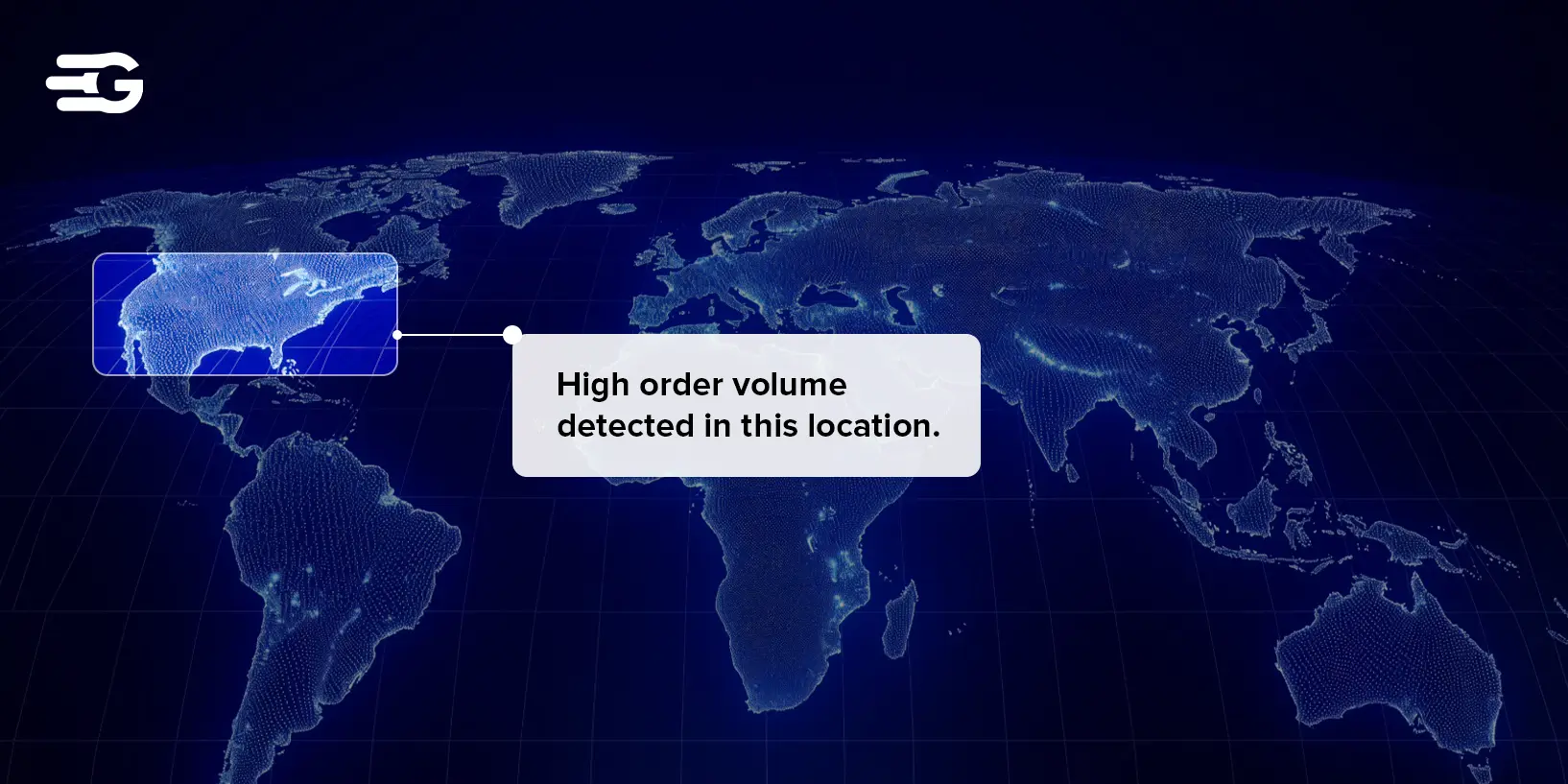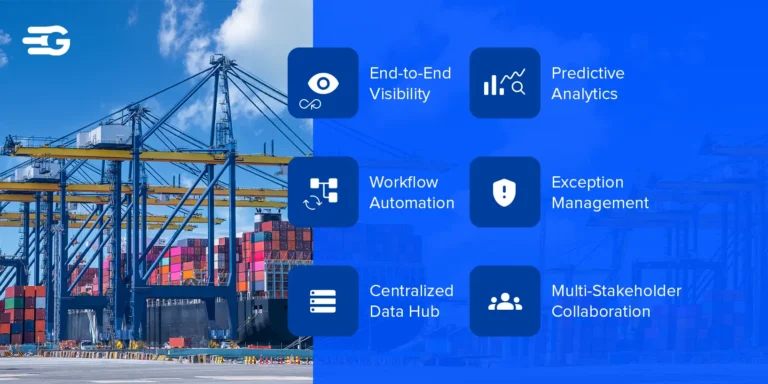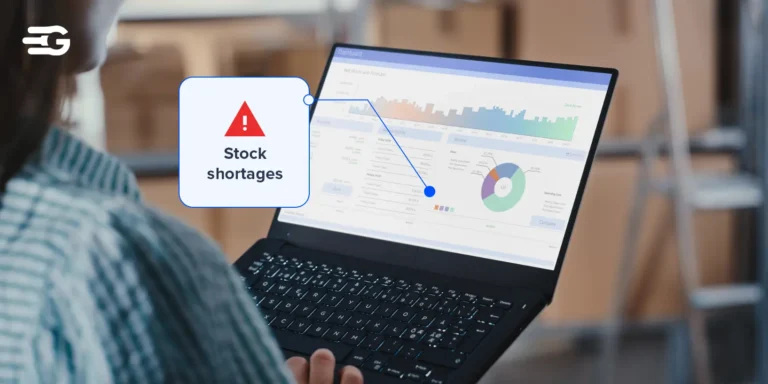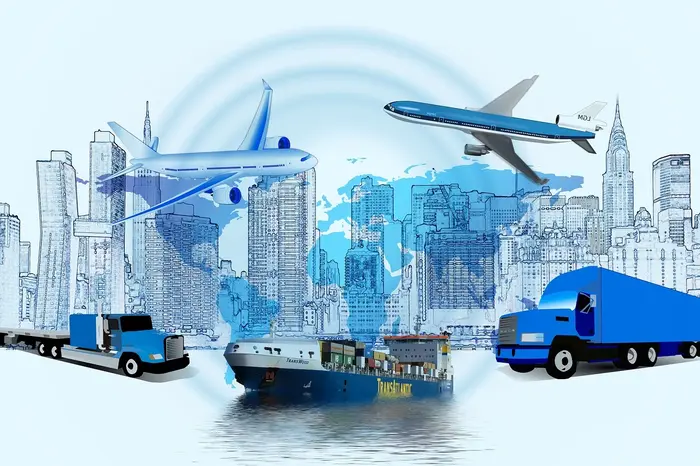Demand Driven Supply Chain Explained (2025 Guide)
Most businesses still operate like casinos – they place big bets on what they think will happen months from now, then cross their fingers and hope they’re right. When they win, they look smart. When they lose, they blame “unpredictable market conditions” while sitting on warehouses full of stuff nobody wants.
A demand driven supply chain ditches the crystal ball approach. Instead of betting big on predictions, you watch what customers actually do and respond accordingly. It’s less glamorous than having a perfect forecast, but it’s a lot more profitable than being perfectly wrong. Let’s see how it looks in practice.
Demand Driven Supply Chain, Quick Glance
A demand driven supply chain starts with a simple question: “What are customers actually buying right now?” Instead of producing based on what you think they’ll want next quarter, you produce based on what they’re buying this week.
Think of it like a good restaurant. They don’t cook 100 steaks at 5 PM hoping people will order them. They wait for customers to place orders, then cook exactly what was requested. Your supply chain can work the same way – customer orders trigger production, not internal forecasts.
Here’s what makes this approach different:
- Current signals drive decisions: Sales data, online activity, and market indicators tell you what to make next, not spreadsheet projections from last month
- Speed beats prediction: You don’t need perfect forecasts if you can respond quickly to actual demand changes
- Customers pull products through: Instead of pushing inventory toward customers, demand literally pulls products through your supply chain
- Partnerships enable flexibility: Suppliers become response partners, not just order fulfillment machines
The whole system flips from “build it and they will come” to “they came, now let’s build it.” You’re still planning ahead for capacity and resources, but actual customer behavior triggers the final production decisions.
Push vs Pull: The Fundamental Difference
Here’s the practical difference: Your push system might produce 1,000 blue widgets in January because the forecast predicts strong sales. Your pull system waits until actual orders for blue widgets start coming in, then ramps up production to match real demand patterns.
Neither approach is automatically better – it depends on your industry, customers, and capabilities. But in markets where demand changes quickly or unpredictably, pull systems often outperform push systems because they waste less money on wrong guesses.
Here’s a quick rundown of all major differences.
| Push Approach | Pull Approach |
| Make products, then find buyers | Find buyers, then make products |
| Inventory first, sales second | Sales first, inventory follows |
| Big batches, long planning cycles | Small batches, quick responses |
| Forecasts drive everything | Customer orders drive everything |
| Efficiency through scale | Effectiveness through speed |
| Success = hitting production targets | Success = fulfilling customer demand |
Key Components of Demand Driven Supply Chain
Building a successful demand driven supply chain isn’t about installing new software – it’s about creating four capabilities that work together seamlessly.
- Adaptive Planning Processes
Traditional planning assumes stability. Adaptive planning assumes change. This means planning processes that update weekly or daily instead of monthly, scenario planning that prepares for multiple possible futures, and decision frameworks that can handle incomplete information rather than waiting for perfect data.
- Market Signal Detection
Your ability to spot demand changes early determines everything else. This means connecting to where customers actually interact with your products – retail point-of-sale systems, e-commerce platforms, distributor sales data, even social media trends. The faster you detect shifts, the faster you can respond.
- Rapid Response Operations
Knowing about demand changes doesn’t help if your operations can’t adapt. This requires production systems that can switch between products quickly, inventory strategies that position stock near demand (not just near cheap warehouses), and logistics networks that can reroute shipments based on current needs rather than month-old plans.
- Network-Wide Coordination
The weakest link determines your overall responsiveness. If your suppliers can’t adapt to your demand changes, you can’t adapt to your customers’ demand changes. This requires supplier relationships built around flexibility rather than just cost, information sharing that gives everyone visibility into demand patterns, and incentive structures that reward network performance over individual metrics.
When these four capabilities mature together, you get supply chain operations that bend with market forces instead of breaking against them.
Common Myths About Demand Driven Supply Chains
Several persistent myths keep businesses from exploring demand driven approaches. Most of these come from misunderstanding what the approach actually involves.
- “You need expensive technology to make it work” – Endless demand driven operations often start with better use of existing data rather than fancy new systems. Your POS data, customer orders, and supplier information contain most of what you need – the challenge is usually process and coordination, not technology.
- “It only works for certain industries” – This myth exists because Amazon and Zara get the most press coverage, but demand driven principles apply anywhere customer demand varies. Manufacturing companies use it for spare parts, food companies use it for fresh products, even construction companies use it for project materials.
- “You’ll always have higher costs” – Demand driven approaches often reduce total costs because you eliminate waste from overproduction and markdowns. Yes, you might pay more per unit for smaller, more frequent orders, but you save more by not producing things nobody wants.
- “It means abandoning all planning” – Smart demand driven operations still plan extensively – for capacity, supplier relationships, and resource allocation. The difference is that planning focuses on capabilities rather than specific volumes. You plan to be able to respond, not to predict exactly what you’ll need to respond to.
These myths persist because changing supply chain approaches feels risky. But the biggest risk is often continuing approaches that worked in more predictable markets but struggle with today’s volatility.
How GoComet Enables Demand Driven Operations
The biggest challenge with demand driven operations isn’t strategy – it’s having current information when you need to make quick decisions. Most companies know what happened last month, but they need to know what’s happening right now.
GoComet gives you live visibility into supplier performance, shipment status, and logistics costs so you can spot problems while there’s still time to fix them.
For example, a global chemical distributor used the platform during port congestion to identify alternative routes and adjust delivery schedules in real-time, keeping their supply flowing when competitors were stuck waiting for delayed shipments.
This way, when demand spikes and you need backup suppliers or faster shipping, you’ll know which partners can actually deliver versus just promising they can.
Measuring Success in Demand Driven Supply Chains
Traditional supply chain metrics emphasize efficiency and cost control. Demand driven metrics emphasize responsiveness and market alignment.
You need different measurement approaches to track what actually matters.
- Market Response Speed How quickly you can detect and respond to demand changes. This might be measured in days for some products, hours for others. The key is knowing your target response time and consistently hitting it across different demand scenarios.
- Demand-Supply Alignment How well your production and inventory match actual customer buying patterns rather than your internal forecasts. This measures whether your demand driven approach actually delivers better market alignment than forecasting approaches.
- Revenue Protection Your ability to capture sales during demand spikes without carrying excess inventory during normal periods. This balances availability with efficiency and shows whether responsiveness translates into business results.
- Network Flexibility How quickly your suppliers and logistics partners can adapt to your demand changes. This measures whether your entire network operates as a demand driven system or just your internal operations.
- Cash Flow Optimization Your ability to generate cash from inventory faster while maintaining service levels. Demand driven operations should improve working capital by reducing inventory that sits unsold.
Success means finding the right balance of speed, cost, and service that creates sustainable competitive advantage for your specific market position.
Conclusion
The transition doesn’t require revolutionary changes overnight. Start by improving visibility into current demand patterns and supplier capabilities, then gradually build more responsive processes around that foundation.
Ready to explore how better supply chain visibility can improve your demand responsiveness? See what GoComet’s platform reveals about your current operations.






